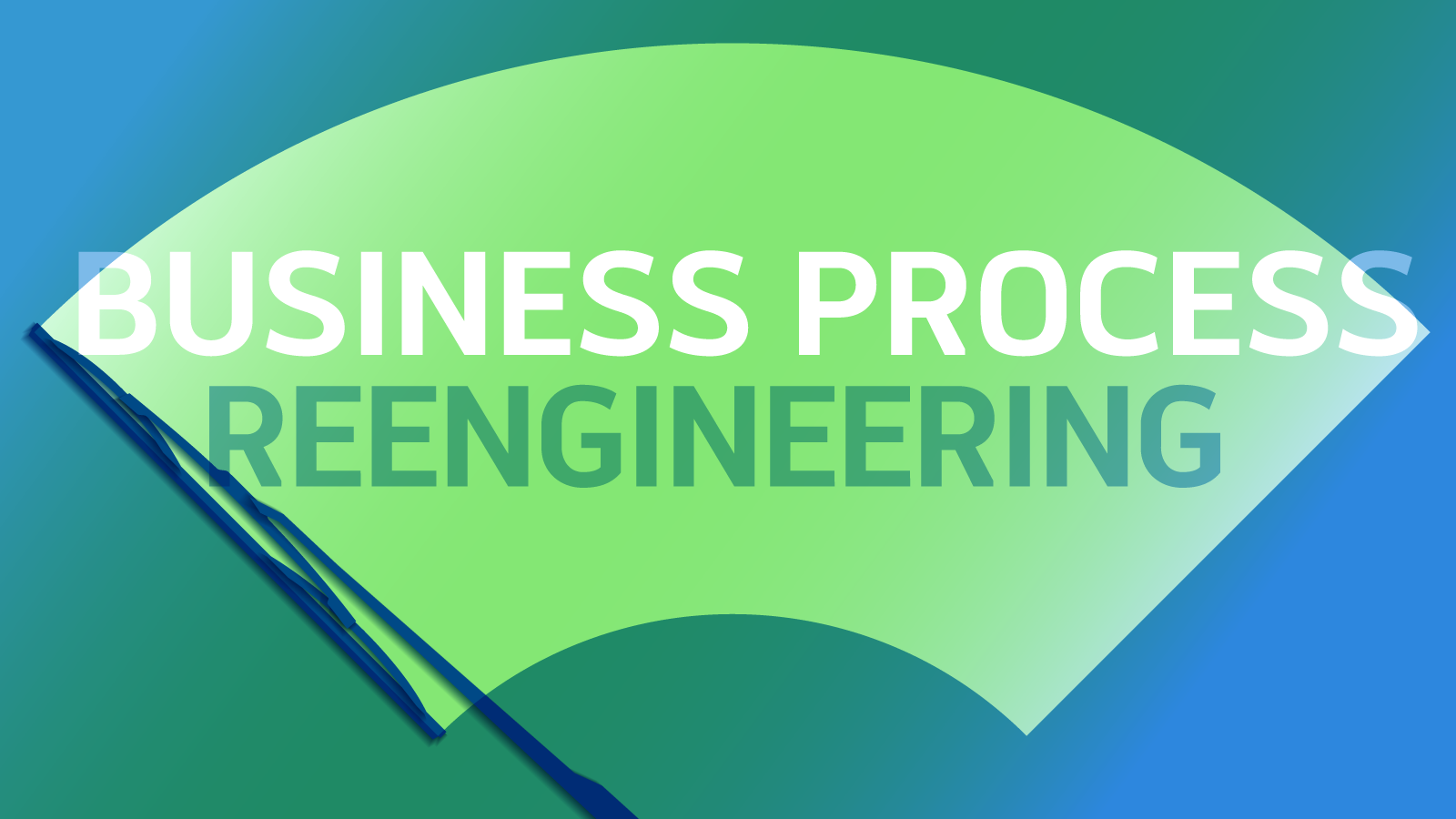
How Business Process Reengineering Transforms New Product Development
|
Product Lifecycle Management
|
Food & Beverage
Posted By:
Trace One

Trace One Devex PLM, Trace One’s world-class PLM solution for process manufacturers, is a straightforward path to digital transformation for formula-based manufacturers. But organizations are more than the tools they use. For companies looking for top-to-bottom transformation, Trace One offers business process reengineering services, or BPR.
What is Business Process Reengineering (BPR)?
BPR is a structured approach to optimizing a set of processes to facilitate clear and efficient new product development (NPD).
Organizations consist of tools, people, and processes. Trace One Devex PLM is the tool through which transformation and automation happens, but tools are only as effective as the people that use them and the processes that govern their use. BPR connects the people and processes part of the equation, building on the efficiencies made possible through digital PLM to streamline operations and optimize new product development.
Because each company is different, the execution of BPR will be structured differently for every company, depending on the culture and state of processes. There’s no one-size-fits-all approach to Trace One’s BPR services. The overarching directives are the same, though: identify bottlenecks and resolve deficiencies in existing processes.
Who is BPR for?
If you’re a formula-based manufacturers looking to modernize and optimize the new product development process, you’re a good candidate for Trace One’s BPR service.
Specifically, Trace One BPR addresses inefficiencies in:
- Innovation process management
- Product development
- Regulatory compliance
- Product data management
- Quality and manufacturing
In addition to being a tailored approach, Trace One’s execution of BPR is hands-on. Our BPR specialist will spend a few days to a week onsite, working with employees who spend their days embedded in the processes listed above. The specialist will gather input from all available sources, working with those employees—across departments—to develop a custom plan and future state process.
Particular emphasis is placed on innovation process management (levels 1, 2, and 3) because that’s where the bulk of the inefficiencies often are.
The impact of BPR
By the end of the BPR process, employees and leadership will have a common understanding of the functions involved in NPD. The group will identify opportunities to improve and create a roadmap to the desired future state.
This process lays the foundation for future growth, reducing time-to-market and eliminating process redundancies. But the benefits start the second BPR ends: resources are utilized more efficiently, collaboration flourishes, and job satisfaction soars (a result of clarifying roles and responsibilities and reducing wasted time).
BPR gets this ball rolling, but Trace One Devex PLM is the vehicle that keeps it in motion. BPR serves to streamline the implementation of Trace One Devex PLM, driving user adoption and codifying the processes arrived at through BPR.
How Trace One does BPR
Trace One’s tailored approach to BPR combines principles from the Kaizen methodology as well as the Lean Six Sigma methodology. Each approach has their strengths and their weaknesses. The Trace One model utilizes the strengths of each, molding each to serve the specific needs of formula-based manufacturers.
In the coming weeks, we’ll take a closer look at the BPR process, what it entails, and how it drives transformation by overhauling and modernizing new product development.
We’ll explore:
- What to expect from the BPR process
- A Q&A with Trace One’s Director of Product Portfolio Management and BPR guru Paul Cegles
- Change management and BPR
- Why now is the time to implement BPR
- How to prepare your organization for BPR
Stay tuned.